General IR
Development of a resident run IR device development lab
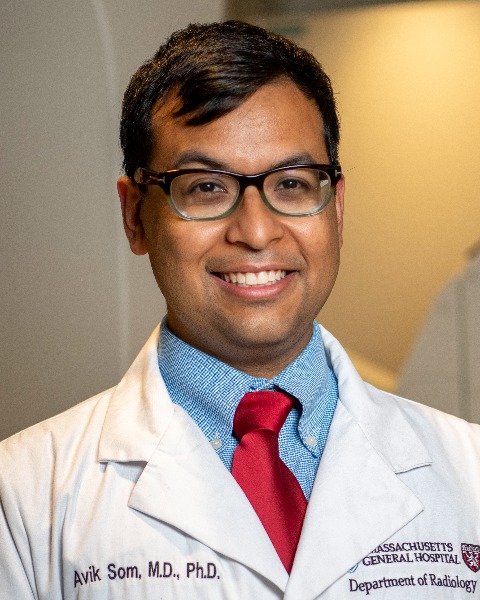
Avik Som, MD, PhD
Integrated IR/DR Radiology Resident
MGHDisclosure(s): Boston Scientific: Consultant (); CareSignal Health: Ownership Interest ()
- JD
John Di Capua, MD
Resident Physician
MGH - JE
Josh Ellis, MD
Resident Physician
MGH - RH
Reham Haroun, MD
Resident Physician
MGH - MS
Marc Succi, MD
Attending Physician
MGH 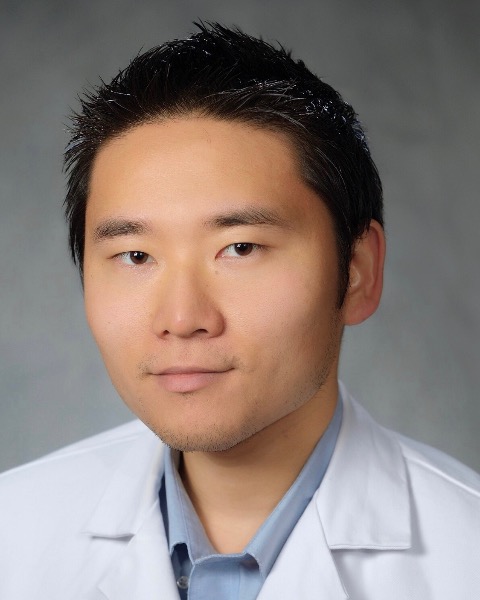
Junjian Huang, MD
Assistant Professor
Emory University School of Medicine- SZ
Sara Zhao, MD
Interventional Radiologist
Massachusetts General Hospital 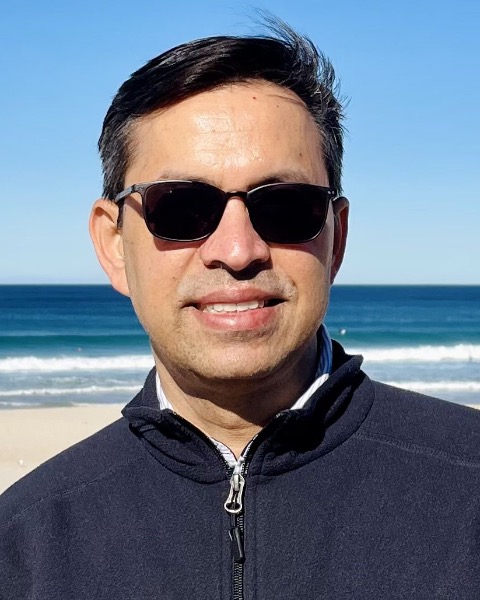
Sanjeeva P. Kalva, MBBS, MD, RPVI, FSIR, FCIRSE, FACR (he/him/his)
Professor
Massachusetts General Hospital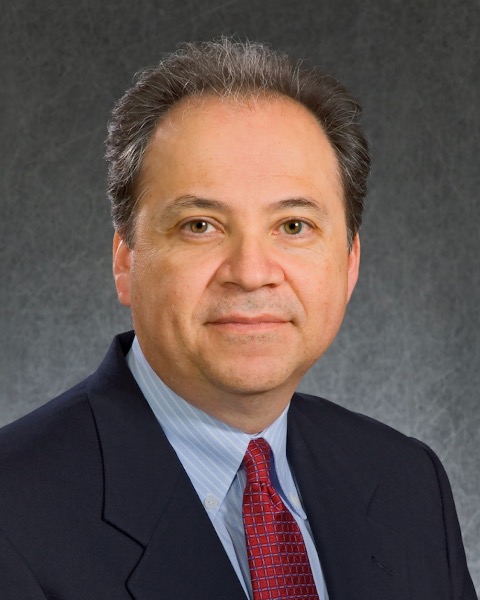
Ronald Arellano, MD (he/him/his)
Associate Professor
Massachusetts General Hospital- DD
Dania Daye, MD, PhD
Clinical Professor
Massachusetts General Hospital - ZI
Zubin Irani, MD
Faculty
MGH 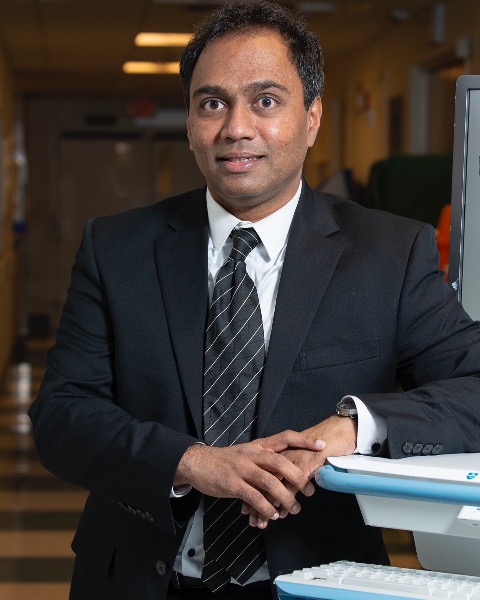
Raul N. Uppot, MD
Associate Professor
Massachusetts General Hospital
Poster Presenter(s)
Author/Co-author(s)
Device development has the potential to directly impact patient care and has been a strong motivation for physicians to pursue interventional radiology (IR). However, device development can be an opaque process with large capital costs, lack of access to physical resources, and timing challenges. Herein, we share our experience in the development of a resident-led device development group in association with several specialties, an institutional incubator, and an IR simulation program.
Materials and Methods: Recruitment of individuals was conducted through the IR residency, the medical school, and an IR interest group. IACUC protocol was developed with faculty supervision in collaboration with the surgery department at our institution. Herein we report the process by which meetings were conducted, collaboration with multiple specialties and our institutional incubator, and key performance indicators
Results:
Monthly hybrid online/in-person meetings were held starting July 2020 in 1-hour blocks. A weekly average of 10-15 faculty, residents, post-docs, and medical students met in a multidisciplinary (surgery, IR, urology, and anesthesia) device development group. To maintain efficient meetings, the first 30 minutes of each meeting was spent assessing milestones from existing projects and the balance to new clinical ideas and group brainstorming. Individual device teams held ad-hoc meetings separately on a weekly. To address capital requirements, our group utilized existing shared physical resources including a shared lab space (MESH Incubator) to reduce capital costs. This space includes shared resources such as 3D printers, microprocessors, circuitry, multiple IR simulators and a selection of IR procedure kits. We leveraged existing animal experiments with surgical colleagues to limit animal expenses, as well as existing simulation infrastructure. Thus far, efforts have resulted in 5 invention disclosures, with 5 conversions to provisional patent filings and over 50 prototype iterations.
Conclusion:
The synergy between device innovation and simulation proves a productive and tangible process whereby IR can inspire trainees while providing foundational skills and positively impacting patient care. This group leverages existing resources to address traditional development challenges and a framework that can be applied to other academic institutions.

.png)
.jpg)
.png)
.png)
.jpg)
.jpg)
.png)
.png)
.png)